Winter Cover Crops With Canola: Tips On Planting Canola Cover Crops

Gardeners plant cover crops to improve the soil by bulking it up with organic matter along with preventing erosion, suppressing weeds, and boosting microorganisms. There are many different cover crops, but we’re going to focus on canola as a cover crop. While commercial farmers are more likely to plant winter cover crops with canola, planting canola cover crops for home gardeners can be quite beneficial. So what is canola and how can canola be used as a cover crop?
What is Canola?
You’ve probably heard of canola oil but did you ever stop to think about where it comes from? Canola oil does indeed come from a plant, which contains about 44% oil. Canola is derived from rapeseed. In the 60’s, Canadian scientists bred out the undesirable traits of rapeseed to create canola, a contraction of “Canadian” and “ola.” Today, we know it as the oil with the least saturated fat of all the culinary oils. Canola plants grow from 3-5 feet (1 to 1.5 m.) in height and produce tiny brownish-black seeds that are crushed to release their oils. Canola also blossoms with a profusion of small, yellow flowers that brighten up the garden at a time when few plants are in bloom. Canola is in the same family as broccoli, Brussels sprouts, cauliflower, and mustard. It is used all over the world but primarily grown in Canada and Australia. Here in the United States, canola is commonly grown outside of the Midwest. On commercial farms, winter cover crops of canola seeded in early September produce the most growth and ground cover and amass the most nitrogen in the aboveground biomass and may be combined with other cover crops such as lentils. Canola, a broadleaf plant, does a better job than wheat in protecting the soil from erosion since the leaves die off during the winter but the crown stays alive in a dormant state.
Canola Cover Crops for Home Gardens
Canola is available in both winter and spring varieties. Spring canola is planted in March and winter canola is planted in the fall and over winters. As with most other crops, canola does best in well-drained, fertile, silt loam soil. Canola can be planted either in a tilled garden or no-till. A finely prepared, tilled seedbed allows for a more uniform seeding depth than a no-till bed and can also help incorporate fertilizer into the roots of the plant. That said, if you are planting canola cover crops when there has been little rainfall and the soil is dry, no-till may be the better way to go, as this will help retain seed moisture.
Gardening tips, videos, info and more delivered right to your inbox!
Sign up for the Gardening Know How newsletter today and receive a free copy of our e-book "How to Grow Delicious Tomatoes".

Amy Grant has been gardening for 30 years and writing for 15. A professional chef and caterer, Amy's area of expertise is culinary gardening.
-
 How To Make A Bouquet Garni Or Herb Bundle For Cooking
How To Make A Bouquet Garni Or Herb Bundle For CookingIf you’re a great cook, you may have made an herb bundle before. If this is a new idea, learn how to add sparkle and interest to your dish with a bouquet garni.
By Amy Grant
-
 ‘Coral Charm’ Peony Care For Sublime Semi-Double Peonies With Lush Salmon Pink Flowers
‘Coral Charm’ Peony Care For Sublime Semi-Double Peonies With Lush Salmon Pink FlowersPeonies are known for their soft baby pink or magenta tones, but if plushy coral blooms are your thing, here’s our guide to the ultimate ‘Coral Charm’ peony care
By Tonya Barnett
-
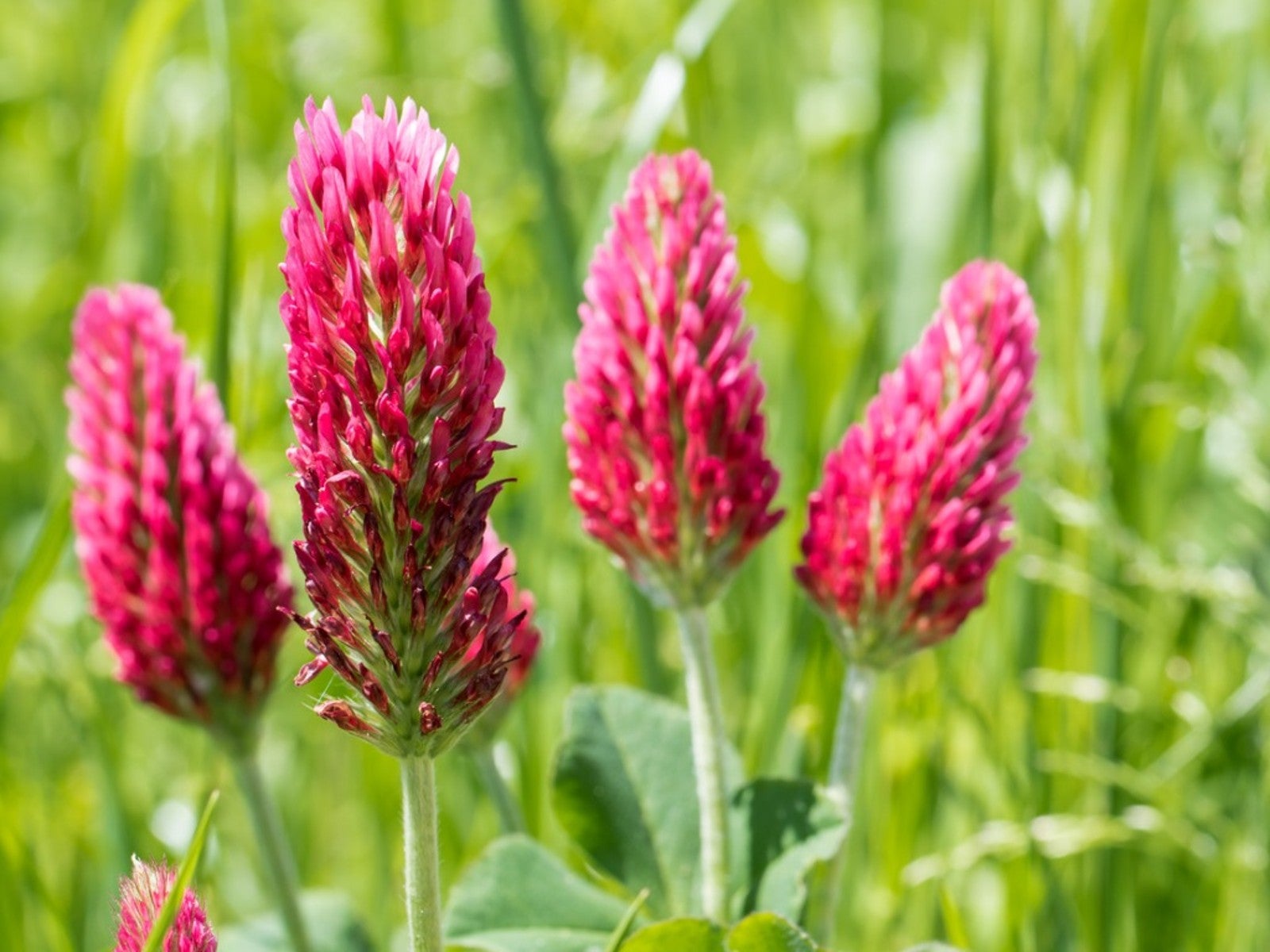 Best Late Summer And Early Fall Cover Crops
Best Late Summer And Early Fall Cover CropsPlanting cover crops is a gift you can give to your garden’s soil. Read on to learn about planting cover crops in late summer.
By Bonnie L. Grant
-
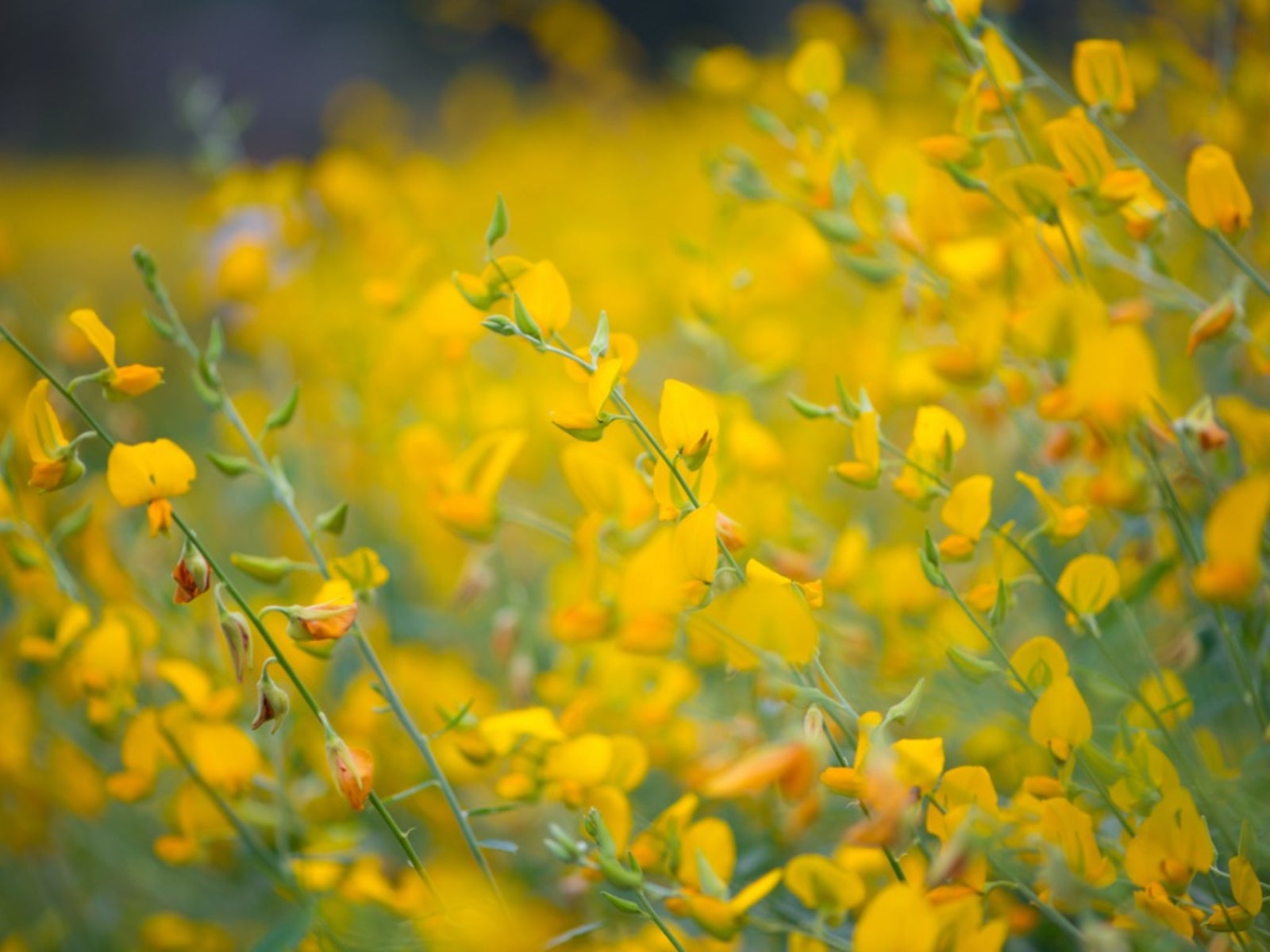 Sunn Hemp Plant Info – Learn Sunn Hemp Uses And Care
Sunn Hemp Plant Info – Learn Sunn Hemp Uses And CareSunn hemp grass is a warm weather grass. Click to learn more about Sunn hemp uses as well as helpful tips on growing Sunn hemp as a cover crop.
By Mary H. Dyer
-
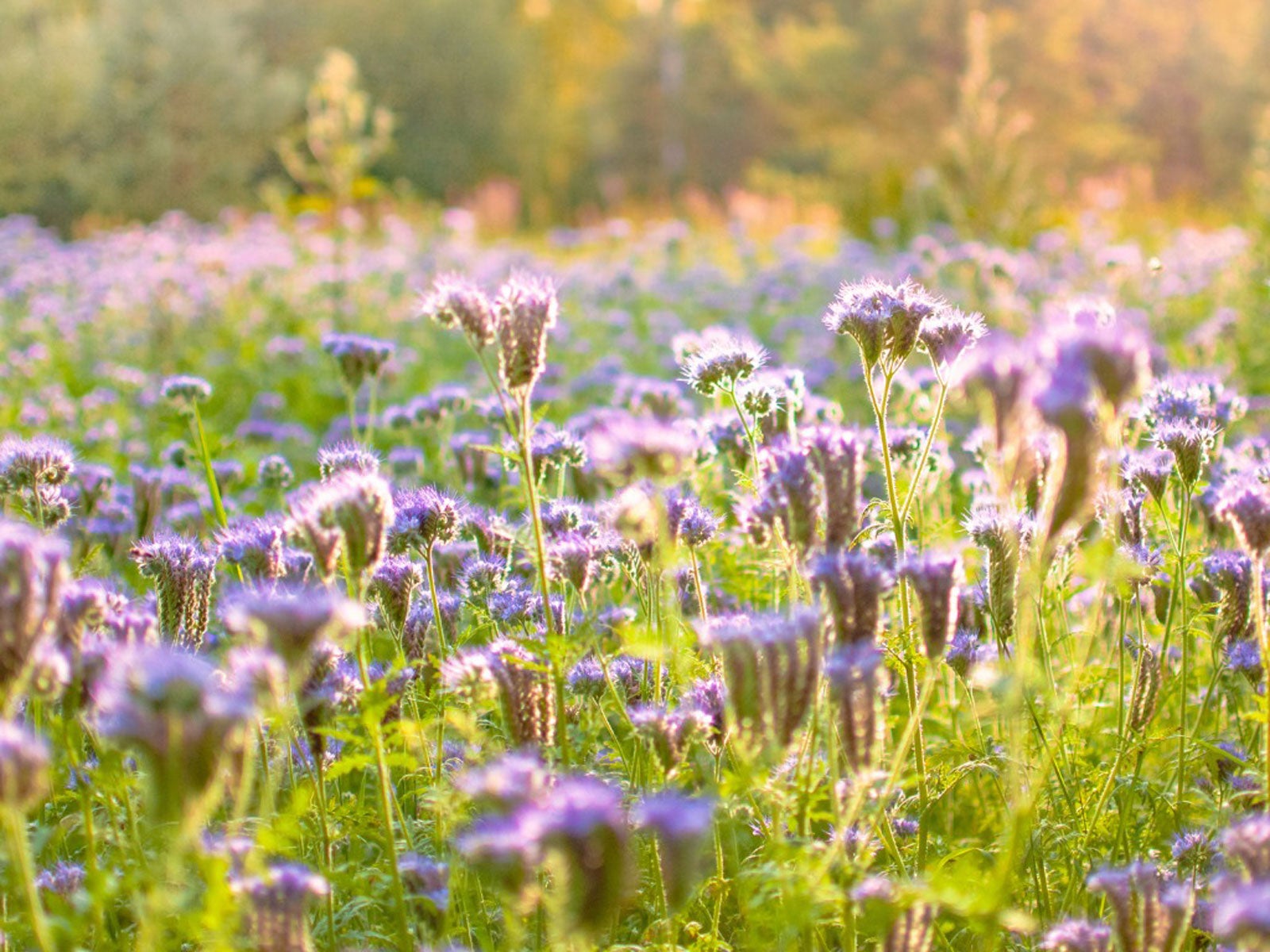 Native Cover Crops: Vegetable Cover Cropping With Native Plants
Native Cover Crops: Vegetable Cover Cropping With Native PlantsAre there any benefits to using native plants as cover crops? Click here to learn more about vegetable cover cropping with native plants.
By Laura Miller
-
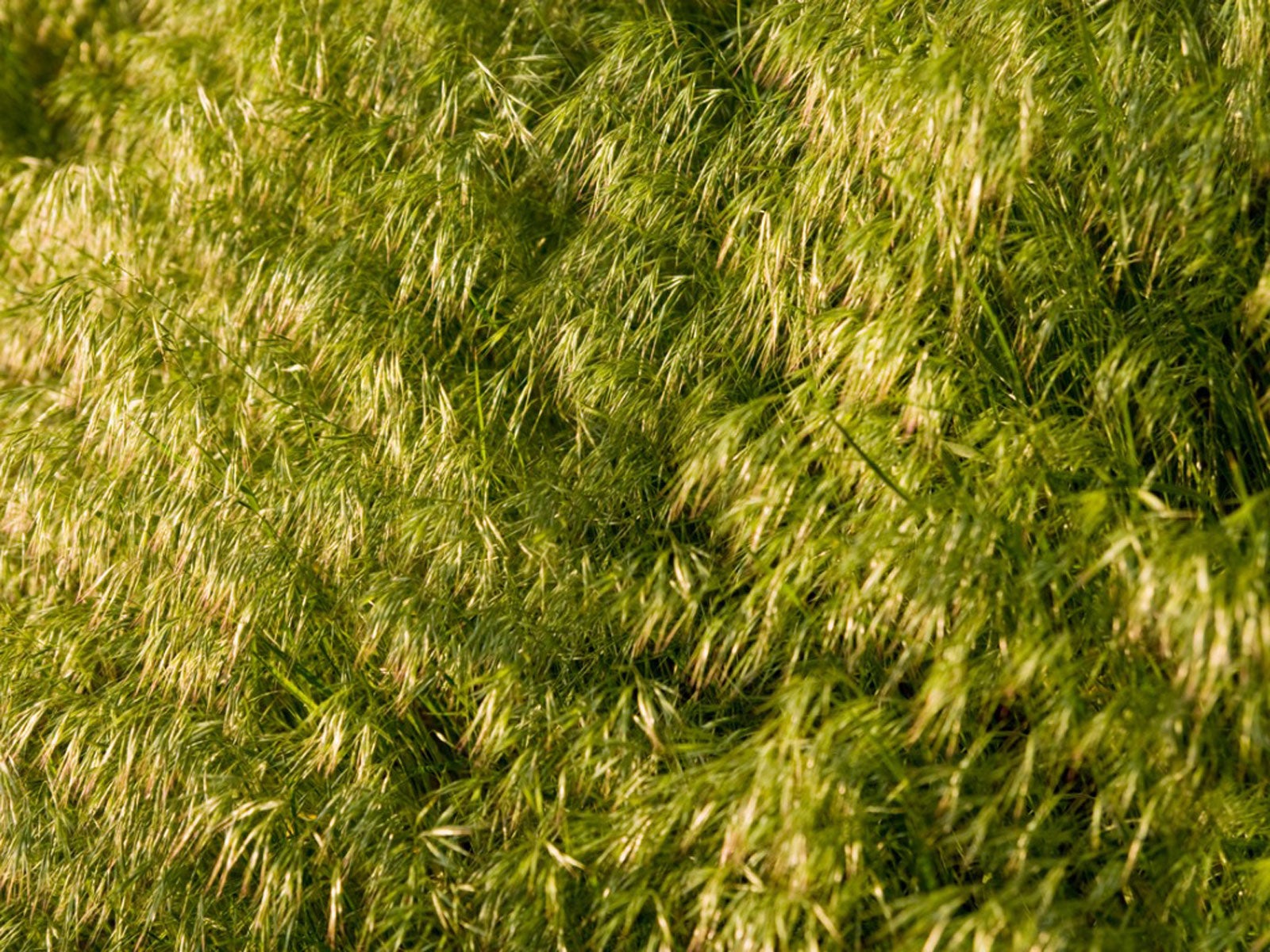 What Is Field Brome – Information About Field Brome Grass
What Is Field Brome – Information About Field Brome GrassField brome grass can be used as a cover crop to control erosion and enrich the soil. For more information, click the following article.
By Laura Miller
-
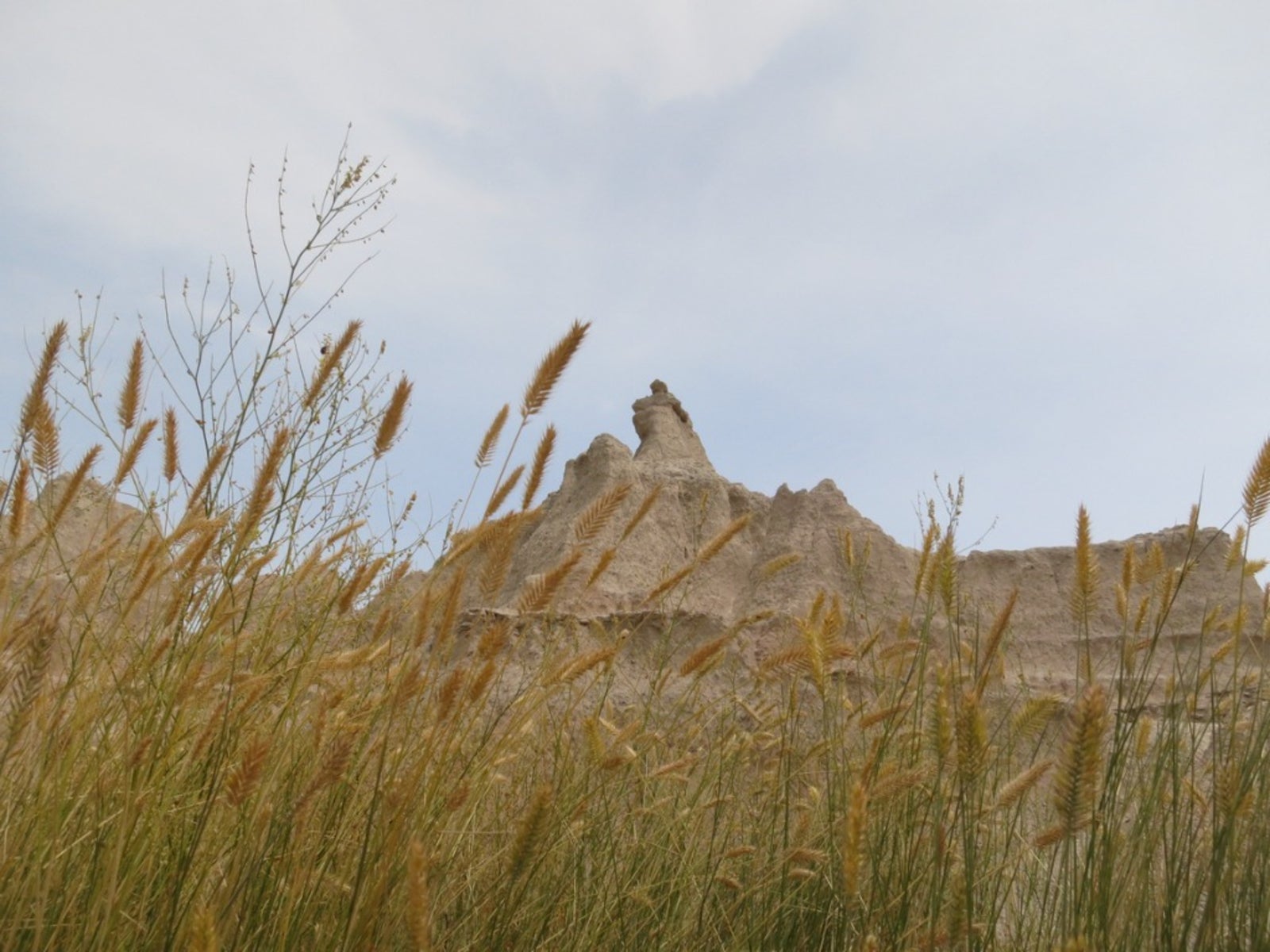 What Is Western Wheatgrass – How To Grow Western Wheatgrass
What Is Western Wheatgrass – How To Grow Western WheatgrassWheatgrass is native to North America and graces the Southwest, Great Plains and mountainous regions of the western U.S. It has some erosion control benefits but using western wheatgrass for grazing is the primary purpose. Learn more about it here.
By Bonnie L. Grant
-
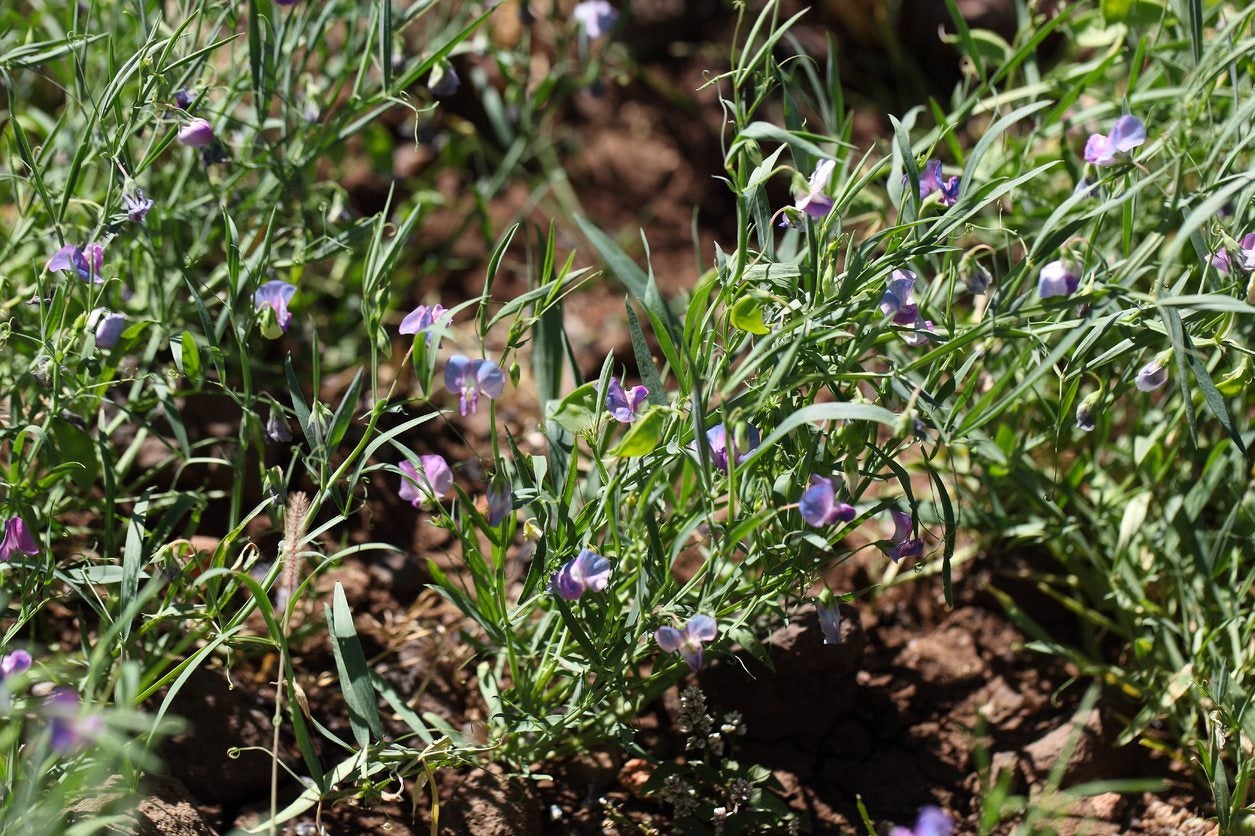 What Is Chickling Vetch – Growing Chickling Vetch For Nitrogen Fixing
What Is Chickling Vetch – Growing Chickling Vetch For Nitrogen FixingWhat is chickling vetch? Also known by various names such as grass pea, white vetch, blue sweet pea, Indian vetch, or Indian pea, chickling vetch is a nutritious legume grown to feed livestock and humans in countries around the world. Learn more about the plant here.
By Mary H. Dyer
-
Establishing Kura Clover: Learn How To Grow Kura Clover Plants
You no doubt have heard about the four-leaf clover, but few gardeners are familiar with kura clover plants. Kura is a forage legume and if you are interested in growing kura as a groundcover or establishing kura clover for some other use, this article will help.
By Teo Spengler
-
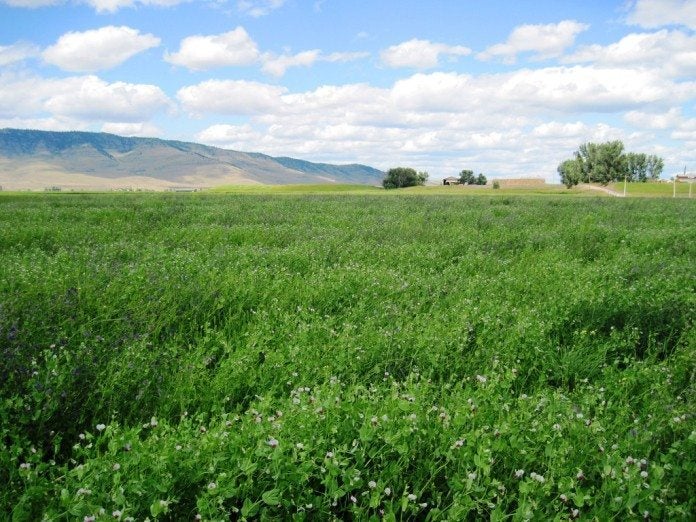 What Are Austrian Winter Peas: A Guide To Growing Austrian Winter Peas
What Are Austrian Winter Peas: A Guide To Growing Austrian Winter PeasWhat are Austrian winter peas? Also known as field peas, Austrian winter peas have been grown around the world for centuries, primarily as a valuable source of nutrition for humans and livestock. Click this article for info on growing Austrian winter peas.
By Mary H. Dyer